Game Development Projects
Here are some of the games I've developed, showcasing my expertise across various platforms and technologies.
Mindrift (Ankara Game Jam 2025 Winner)
I proudly participated in the Ankara Game Jam 2025, organized by Genç Girişimciler ve Oyun Geliştiriciler Derneği (GGOG). Our team's submission, Mindrift, was not only honored with the prestigious Best Narrative Award but also secured the First Place in the General Ratings among all participants.
Mindrift is an experimental, narrative-driven game that ingeniously integrates real-life footage directly into the gameplay. The player experiences a surreal journey, drifting between reality and imagination. Key moments see the main character's perspective seamlessly transition from live footage into classic retro-style mini-games, reflecting their mental state.
Within the challenging 48-hour game jam timeframe, my core contributions included:
- Rapid Prototyping & Development: Coded five distinct retro mini-games (Snake, Brick Breaker, Duck Hunt, Space Invader, City Bloxx) from scratch using the Unity Game Engine.
- AI-Assisted Audio Production: Generated all in-game music using Suno AI, demonstrating efficient use of modern tools for rapid content creation.
- Narrative & Visual Contribution: Collaborated on the game's evolving storyline and assisted with video editing for the integrated live-action sequences.
This project showcases my ability to innovate under pressure, rapidly prototype complex game mechanics, and contribute significantly across multiple aspects of game creation within a winning team in a highly competitive environment. Mindrift is currently available as a prototype.
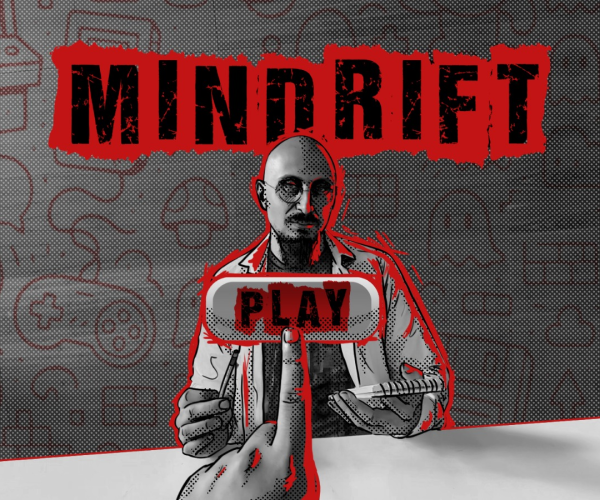
Tales Of Tsynara (Meta Quest 2 VR Game)
As the sole developer, I brought to life "Tales Of Tsynara," an immersive First-Person RPG for Meta Quest 2. Players step into the role of a powerful wizard, casting spells and exploring an ancient world corrupted by a fallen mage. I utilized the Unity Game Engine for the entire development.
My responsibilities spanned the entire development lifecycle, including:
- Full Game Development: Architecting and coding all core mechanics and systems using the Unity Game Engine.
- Visual Effects (VFX) & Shaders: Crafting compelling magical effects and environmental atmospherics primarily with Unity's Particle System, and designing custom shaders and shader graphs for unique visual elements like enemy effects and lava materials.
- Performance Optimization: Significantly boosting game performance by over 400% through rigorous code, render, shader, and physics optimizations, ensuring a smooth and responsive VR experience.
This project highlights my ability to deliver a complete, high-performance VR title independently, demonstrating both creative vision and deep technical proficiency.
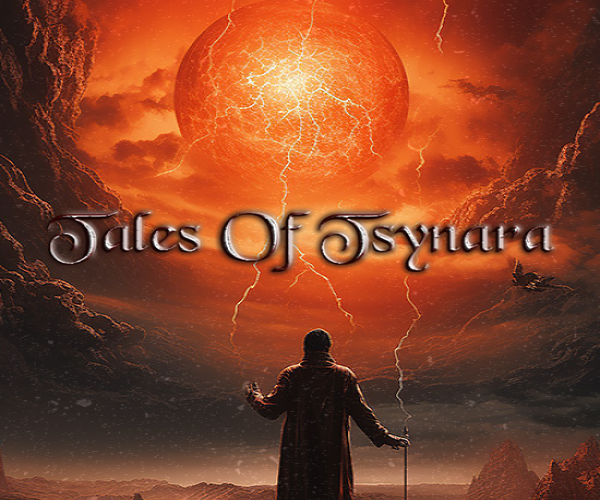
Rebeloid - Brick Breaker (Meta Quest VR Game)
As the sole developer, I led the implementation of "Rebeloid - Brick Breaker," an immersive VR arcade game for Meta Quest 2. This project offers a modern, engaging twist on the beloved brick-breaking experience, leveraging virtual reality for intuitive and dynamic gameplay.
My contributions included:
- Full Game Development: Architecting and coding all core mechanics and systems using the Unity Game Engine.
- Visual Effects (VFX) & Shaders: Creating impactful in-game visual effects primarily with Unity's Particle System, and designing custom shaders and shader graphs for dynamic effects like enemy visibility/invisibility and essential VFX materials.
- Performance Optimization: Achieved a significant performance improvement of over 300% through comprehensive code, render, shader, and physics optimizations, ensuring fluid gameplay even in intense moments.
This project showcases my ability to deliver highly optimized, engaging VR experiences as the primary developer within a professional setting.
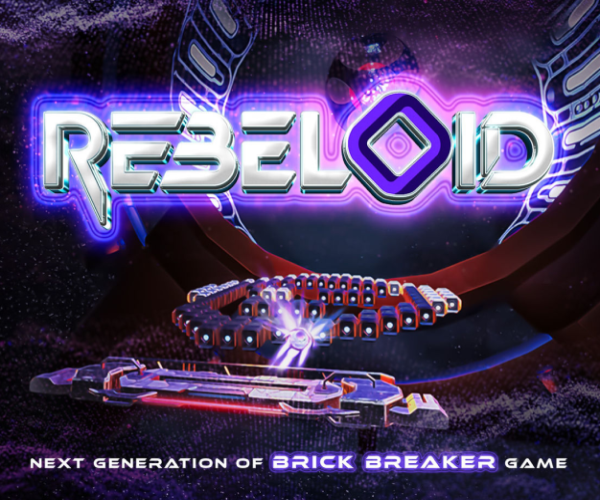
GPS-Based Mobile Game System (Ankara'yı Tanıyalım / Campus Hunt)
As the sole developer, I engineered a robust and highly configurable GPS-based mobile game generation system, capable of easily creating diverse location-aware games for both Android and iOS. This innovative platform served as the foundation for significant B2B projects, including "Ankara'yı Tanıyalım" for Ankara Municipality and "Campus Hunt" for Middle East Technical University.
The system was designed for maximum flexibility, allowing new game content, mechanics, and interactive elements to be easily edited and deployed without requiring client-side updates. It operates as an online game where users can create and manage their accounts. The architecture comprises five core components:
- 1. Web-Based Game Creation Platform (JavaScript & Unity WebGL):
- I developed a JavaScript web application that seamlessly integrates a Unity WebGL module. This platform empowered clients to easily design and configure new location-based games through a user-friendly interface.
- Upon a new game request, this system allowed for rapid app generation by simply modifying specific string variables to connect the newly built mobile application to the correct backend storage and database, ensuring quick deployment of custom game experiences.
- 2. Mobile Game Client (Unity):
- Developed using the Unity Game Engine and leveraging the Open Street Map SDK for rich geographical data.
- The primary challenge was designing a lightweight, dynamic client that fetches all necessary 3D models, images, coordinates, and game logic from the backend upon initial launch, avoiding embedded static content. This ensures rapid content updates and small application sizes.
- 3. Robust Backend (Python, Docker, AWS):
- This constitutes the central processing unit of the system, developed with Python and deployed using Docker on AWS.
- The backend handles all critical game logic, including user authentication, encrypted data processing from the mobile client, real-time player interactions with in-game items, and dynamic content delivery based on user location and game progress.
- 4. Dynamic Database (AWS SQL):
- An SQL database hosted on AWS serves as the central repository for all dynamic game variables.
- This includes comprehensive information on items (coordinates, object 3D model info etc.) needed for the game to user info, everything needed as non-static variables stored in this database.
- 5. Scalable Storage (AWS S3):
- Utilized AWS S3 for efficient and scalable storage of all game assets, such as 3D models, images etc. needed for the game here.
- This setup allows for rapid asset retrieval by the backend and efficient delivery to the mobile client, ensuring smooth gameplay.
While these games were developed for specific business clients and are not owned by me, their public presence highlights the system's successful real-world application and my full-stack development capabilities in the mobile gaming space:
Ankara'yı Tanıyalım (Ankara Municipality) →
Campus Hunt (METU) →
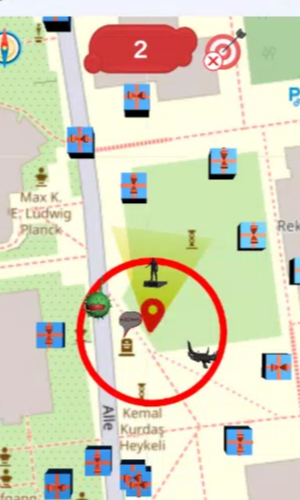
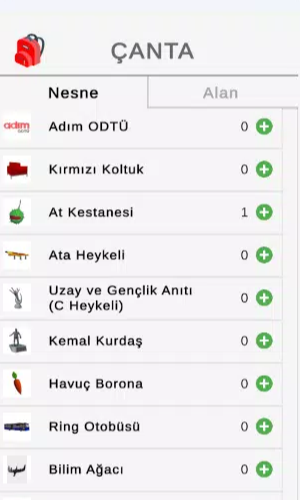
Gözcü (Advanced Eye Exercise & Rehabilitation System)
Gözcü is a sophisticated, technology-supported eye exercise and rehabilitation system developed for individuals diagnosed with lazy eye (amblyopia) and low vision. As the sole developer, I designed and implemented this comprehensive online platform, which provides an integrated solution for patients, parents, and medical professionals.
Functioning as an online, "Steam-like" ecosystem, Gözcü facilitates patient engagement through interactive games, allows parents to manage accounts and access progress, and empowers doctors to remotely monitor and analyze their patients' treatment progress. The system's robust architecture is composed of four critical interconnected parts:
- 1. Eye Exercise Games (Unity with Tobii 4C SDK):
- Developed using the Unity Game Engine, these interactive games are the core therapeutic component.
- Integrated with the Tobii 4C SDK to accurately collect real-time eye-tracking data (at 4-10 FPS, depending on patient eye movement), which is then securely stored for analysis.
- 2. Desktop Game Platform (Python):
- A Steam-like Windows application, developed with Python, serves as the central hub for users.
- This platform manages user accounts, facilitates the purchasing or renting of various eye exercise games, and acts as a backend proxy for the games, handling local data collection before synchronization.
- 3. Multi-Database System (AWS SQL & MongoDB):
- I engineered a hybrid database solution hosted on AWS to efficiently manage diverse data types.
- An SQL database stores essential user information (patient/parent/doctor profiles) and basic game progress data.
- A NoSQL database (MongoDB) is specifically utilized for storing the high-volume, dynamic eye-tracking data, enabling flexible and scalable storage of patient eye movement patterns.
- 4. Web Portal (JavaScript):
- A dynamic web application developed with JavaScript provides comprehensive interfaces for both medical professionals and parents.
- Doctors can sign up, manage patient rosters, view detailed patient information, monitor playtimes, and crucially, analyze eye-tracking data presented as insightful heatmaps and specific metrics to assess progress and tailor treatment.
- Parents can register, send requests to doctors, and track their children's playtimes, eye data, heatmaps, and other relevant metrics.
This project showcases my expertise in developing complex, multi-tiered online systems, integrating hardware (eye-tracking), game development, and robust data management for a significant impact in the healthcare and educational sectors. While Gözcü is a confidential business-to-business project, its public recognition highlights its innovative approach:
Gözcü at Eyesoft Bilişim →
Gözcü in Optik Gazete (e-newspaper) →
